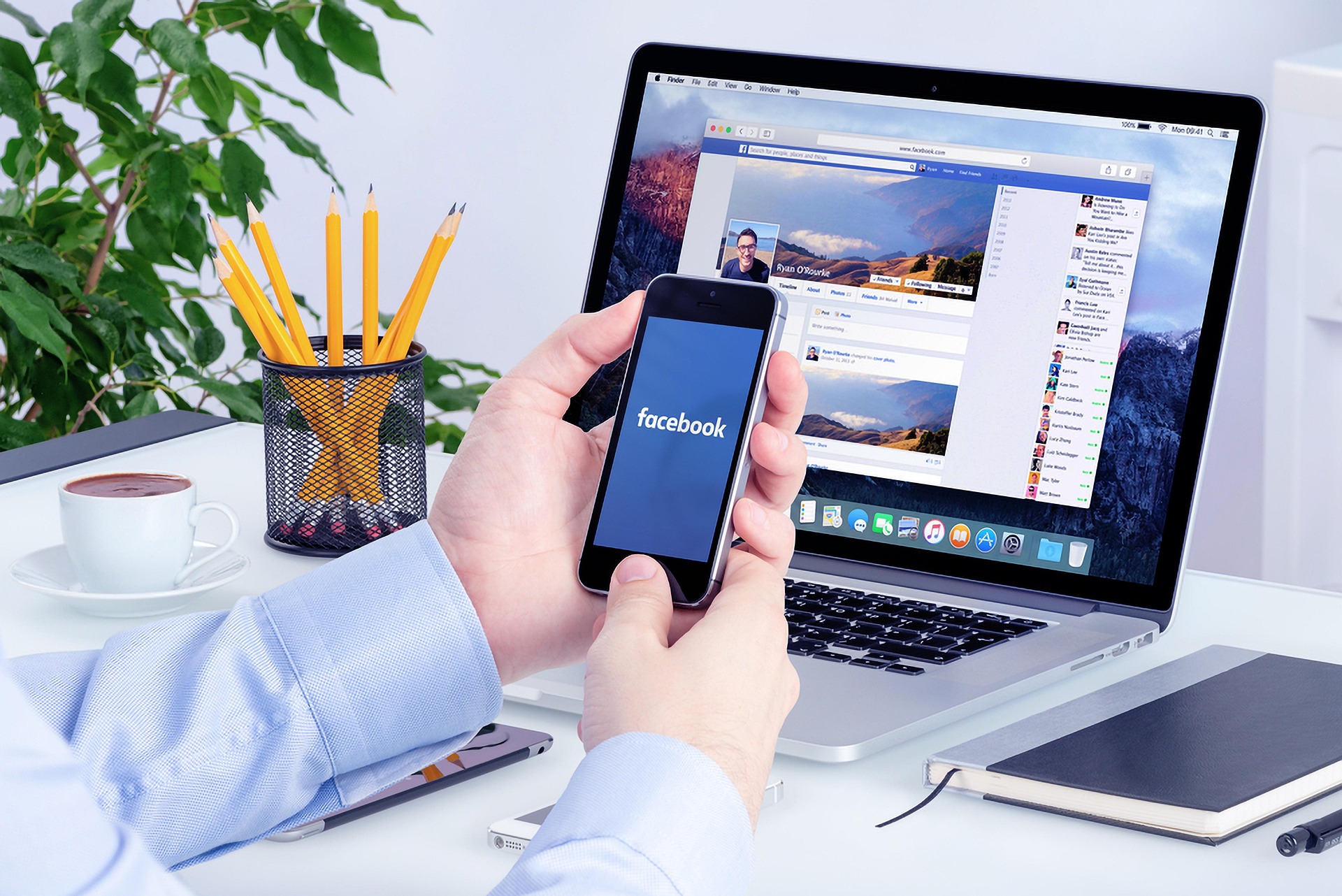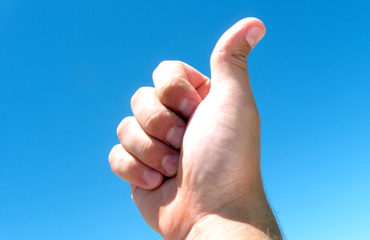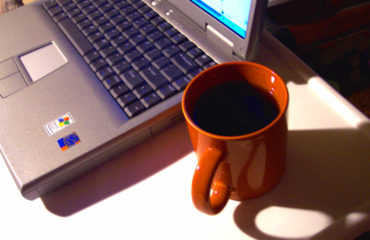Why do Facebook followers choose “Like” or “Share” a page/post? What is the difference and which do you want? It all comes down to the business-patron emotional tie.
Think of how you would interact if a friend told you about a local Connecticut marketing agency online. Would you feel more inclined to “like” the page or “share” the web page if you hadn’t experienced the business’ services yet? Would it make a difference if the agency had creative marketing messages that you found interesting?
Creating content that your readers and viewers see as worthy of “liking” is the perfect way to put yourself in front of a market that will get bigger and bigger as your audience spreads the word. That single “like” button is an easy way for people to quickly express their opinion of your page, product or service, and it’s the perfect way to get yourself into their newsfeed so that others may see how amazing you are, too. The “like” button isn’t so much based in a deep relationship, rather, it’s much the same as the word “like” used to be before the age of social media. Think about it this way: you “like” your co-workers; you “like” the pizza place down the street; you “like” the gal that serves up your daily coffee every morning. When put into the true context of the word, the “like” button is a way for people to express a positive opinion of you. They may not love you (yet), but they certainly don’t have adverse feelings, either. In fact, they have such a non-adverse feeling toward you that they’re willing to tell their friends how much they enjoy you, in one way or another.
Liking something is the foundational building block for a great relationship.
“Sharing” involves a much greater emotional connection to a product, service, page, or company. While “liking” something allows the viewer to express a positive feeling, sharing allows them to actually express their opinions and tell their friends why they “like” you in the first place. Your ultimate goal as a business should be to get everyone to “share” you all the time.
“Sharing” allows you to not only be put in front of your readers’ friends; it allows them to become more closely bound to you emotionally. The more emotionally bound to something that a person is, the less likely they are to abandon it. This is true in nearly every industry, relationship, product, and company and in nearly every facet of a person’s life. For example, you may be more inclined to “share” a local Connecticut company than a corporate website. Of course, your consumers probably don’t realize that they’re becoming more deeply involved with you than just a mere “like” relationship, but the fact is, that’s exactly what’s happening.
Keep in mind that people that are sharing your information are not only telling their friends about you, they’re telling you something about themselves, as well. Why did they “share” you? What did they say? What drew their attention to you, and what have they mentioned to their friends? Monitoring your “shares” is a golden opportunity to learn things about yourself from your consumers’ perspectives that will help you improve what you’re great at and decrease deficiencies at the same time.
In the world of business, just as in the rest of life, great relationships need to start from the ground up, and they need to build upon those foundations at all times. If someone doesn’t “like” you, they’re not going to “share” you, and if you’re fortunate enough to be “shared”, it’s your responsibility to ensure that you continue to be “likable”. In other words, these two functions aren’t mutually exclusive of one another. In order to continue building your business (and your relationships), you need to use these tools in conjunction with each other.
If you enjoyed this blog, you may also enjoy reading, “Facebook-Taking Your Business Page Further”






[…] If you enjoyed this blog, you may also enjoy reading, “Facebook: Likes vs. Shares” […]